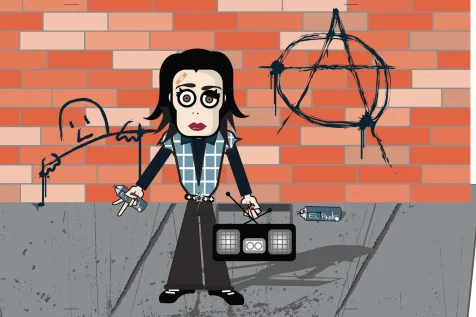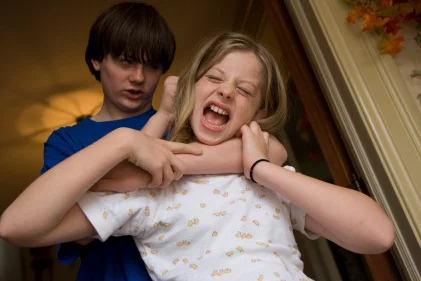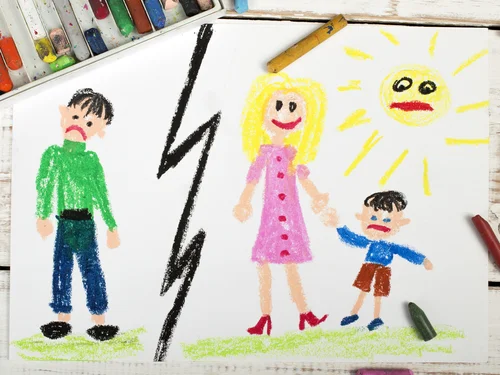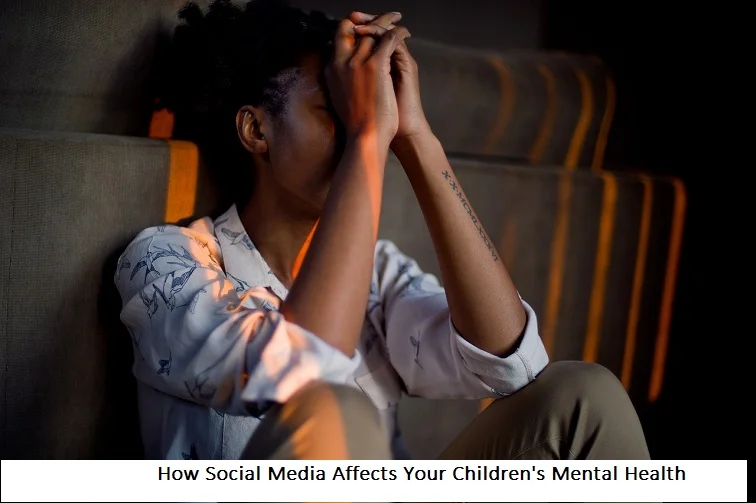+1 845 259 2974 (11 a.m to 7 p.m CST)
Risk of juvenile delinquency among girls on rise

In this modern age of information and information junkies, our fondness for statistics has increased. Readily available information in the form of numbers and graphs has made the going easy. For the purpose of tickling your imagination, here are some stats regarding female delinquency and the risks for girls that these entail.
Food for thought
- Females represented 11 percent of juvenile arrests for violent crimes in 1980. By 2000, the numbers escalated to 18 percent, and by 2004 it had touched the 30 percent mark.
- More girls were involved in delinquent acts in 2005 than in 1985. The stats were accumulated by studying all four categories of juvenile delinquent behavior, namely person, property, drugs, and public order offences.
- Delinquent acts committed by teenage girls increased by 92 percent from 1985 to 2002. During this time, the crime rate for boys increased by 29 percent only.
- Girls are usually arrested for certain types of offences that include, running away from home (59 percent), and prostitution/commercialized vice (69 percent).
- During the past several decades, nearly 15 to 25 percent of increase has been witnessed in aggravated assault incidents by females ending in their subsequent arrests.
- Involvement in incidents of robberies and murder has remained stable for girls since 1985 up till 2003.
- Delinquent girls in the juvenile justice system are more violent than their male counterparts when placed in juvenile detention facilities and show more aggression towards the staff.
- Assessment tools and models used with the youth in justice system have mainly been designed for male delinquents and ignore the female population. Girls in juvenile justice system still lack many facilities that are allowed to boys.
To the rescue of teenage girls
In 2004, the Office of Juvenile Justice and Delinquency Prevention (OJJDP) brought together a team of multidisciplinary experts consisting of sociologists, gender studies experts, psychologists, criminologists and legal practitioners, to work on the Girls Study Group.
Interestingly, the initial findings of the study suggested that girls might not necessarily be more violent than they were before and the changes in the juvenile justice system led towards higher arrest rates among female delinquents. The truth is that female delinquent behavior is being witnessed more commonly than before. Keeping this in view, the OJJDP has funded programs specifically focused on the issue of delinquency among teenage girls. Some of these initiatives are as follows:
- Girl Scouting in Detention Centers provides girls with the opportunities to take active part in positive social development programs.
- OJJDP’s Model Programs Guide mentions Friendly PEERsuasion to be an interactive program aimed at middle school girls to learn new skills and to seek help from the support group concerned.
- Practical Academic Cultural Education (PACE) centers develop delinquency-prevention programs for teen girls and acts to prevent school drop-out, engaging in delinquent behavior, teen pregnancy, and drug addiction.
- In addition, many states use OJJDP’s formula Grant program funding for the development of gender specific programs.
Long-term consequences of delinquent behavior
- Delinquent females have higher rates of mental illnesses than males involved in criminal behavior.
- Women with a history of juvenile delinquency have higher mortality rates, dysfunctional family life, and poor employment chances.
- Girls suffer the most because there are fewer community-based treatment programs for them as compared to those established for males.























